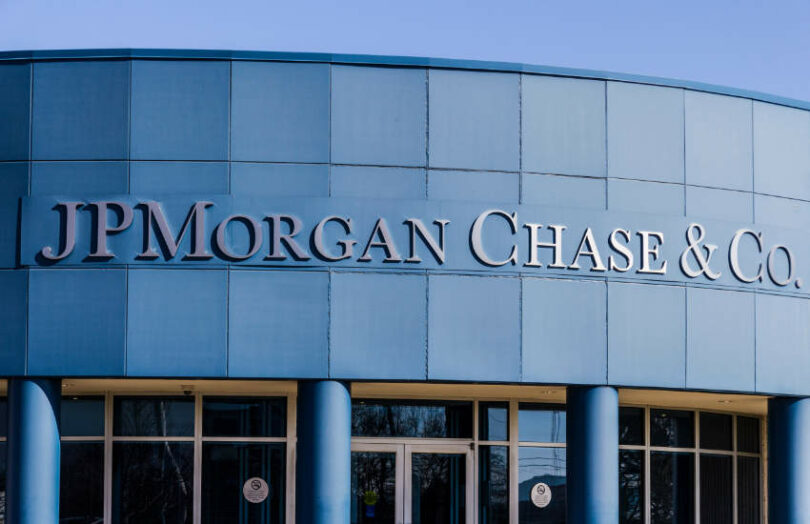Today JP Morgan rolled out its JPM Coin blockchain payments to the eurozone, after announcing plans last year. To date, the solution from the JP Morgan Onyx division had only been available in US dollars. Siemens was the first client to use the euro JPM Coins, according to Bloomberg.
The Treasury department of the German giant has embraced blockchain, launching a digital bond on a public blockchain earlier this year.
JPM Coin can only be used within the bank, so for moving money between branches of the same firm or to clients that are also JP Morgan clients. Hence the bank refers to the solution as blockchain-based bank accounts.
Article continues …

Want the full story? Pro subscribers get complete articles, exclusive industry analysis, and early access to legislative updates that keep you ahead of the competition. Join the professionals who are choosing deeper insights over surface level news.






